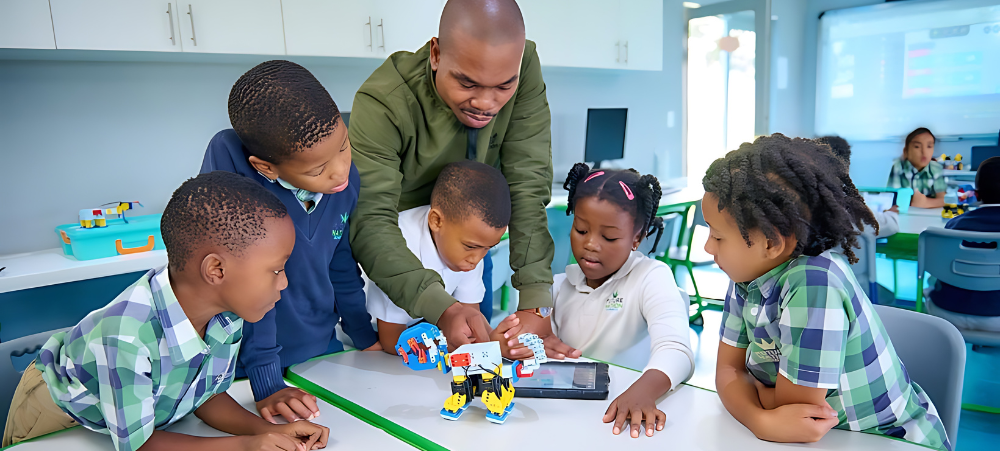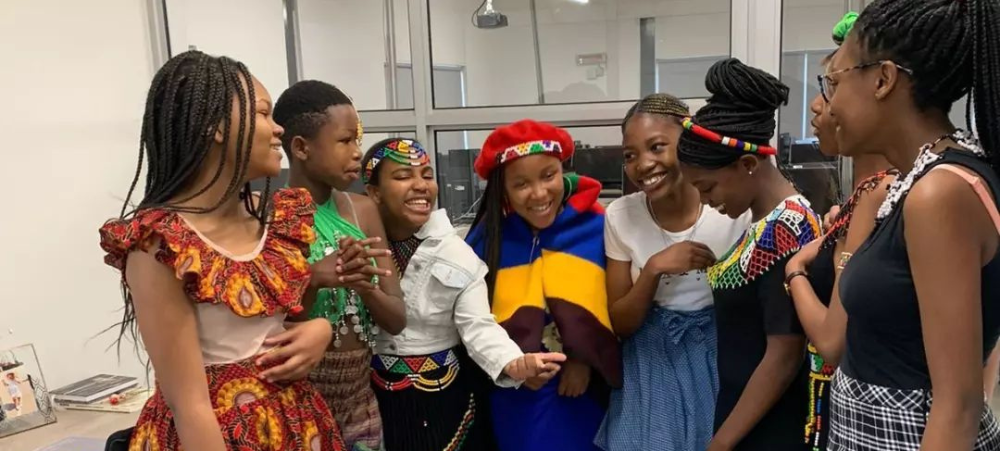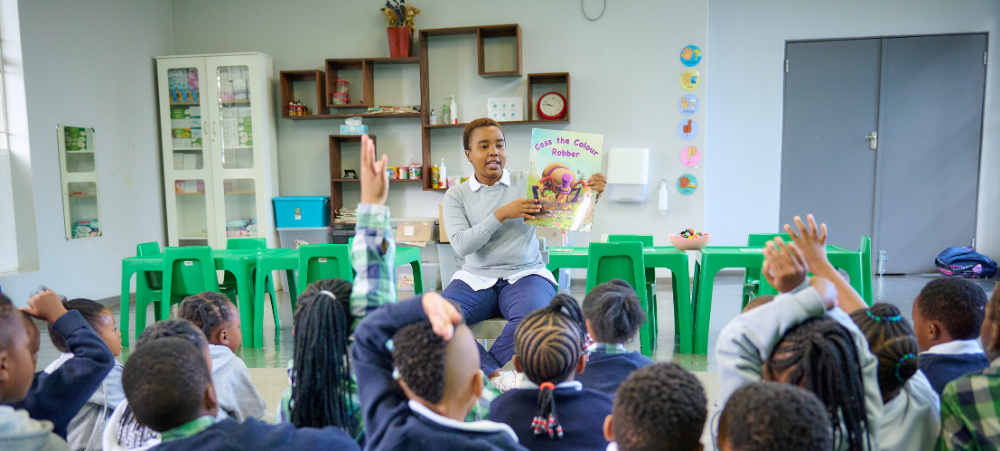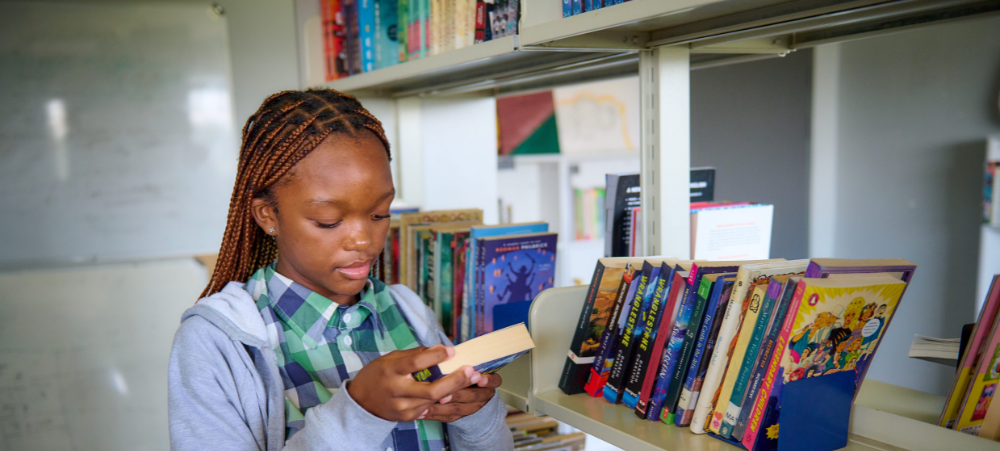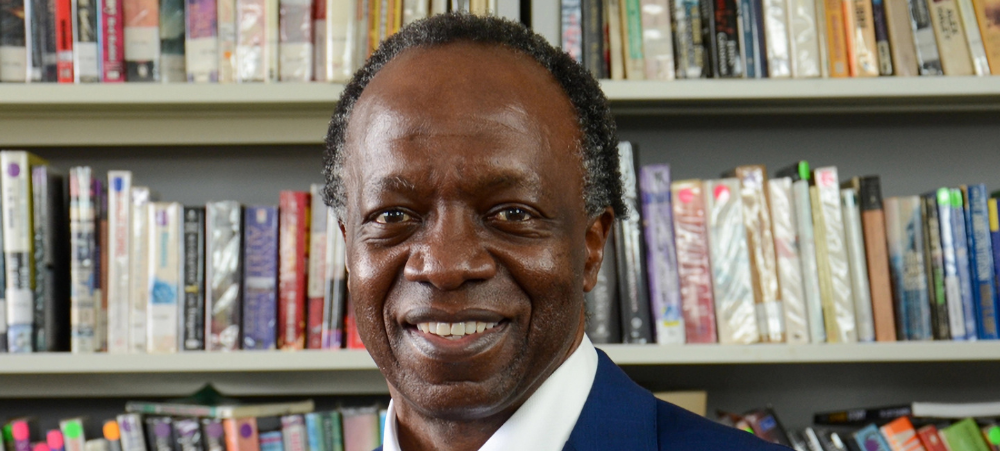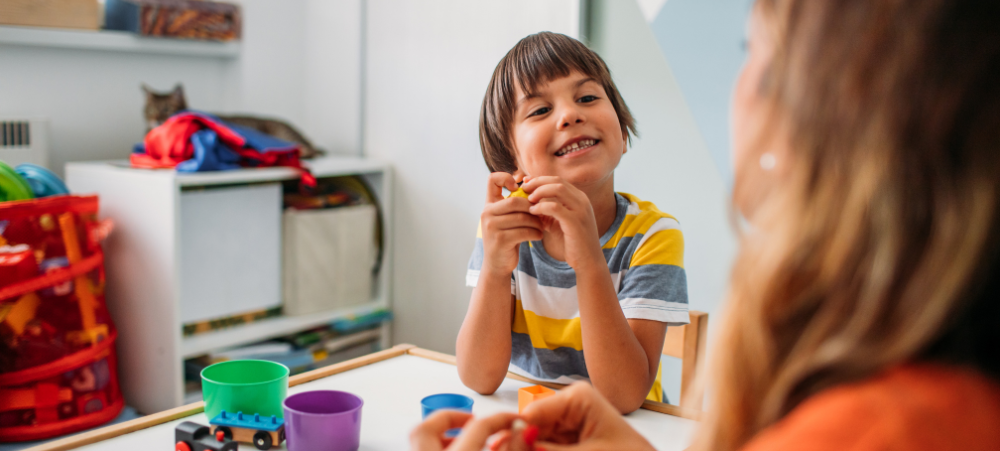
Play and project-based learning: cultivating future leaders through innovative education
Imagine a world where children are confined to desks, memorising facts without understanding their real-world applications. The anxiety of test scores and the pressure to conform stifle their creativity and critical thinking. Now, contrast this with an environment where learning is an adventure, where curiosity is the driving force and where children are encouraged to explore, experiment and innovate. The latter is not just a utopian dream; it is a necessity in our rapidly evolving world. On 11 June 2024, the world celebrated the United Nations’ inaugural International Day of Play. To commemorate the day, Future Nation Schools hosted a groundbreaking FutureTalk webinar titled “Play as a Pathway: Cultivating Future Leaders Through the Power of Play” where educators and thought leaders discussed the transformative potential of play and project-based learning (PBL) in shaping the leaders of tomorrow. This event highlighted the importance of these methodologies in modern education and their ability to foster environments where students thrive emotionally, intellectually and develop leadership skills. The power of play in education The amygdala, a part of our brain responsible for processing emotions, often reacts to stress and fear, impacting our ability to think clearly and make rational decisions. This is a common experience in traditional education settings, where the fear of failure can overshadow the joy of learning. But by integrating play and PBL into our educational systems, we can mitigate this stress, fostering environments where students thrive on all levels. This because, explains Nompumelelo Dlamini, Head of Primary School at Future Nation Schools, play is not just a break from serious learning; it is the foundation of cognitive, social and emotional development. “Play-based learning transforms classrooms into vibrant spaces of discovery and collaboration. It enhances motor skills, improves hand-eye coordination and fosters fine motor development. More importantly, it cultivates critical thinking and problem-solving abilities, essential traits for future leaders.” Research supports the learn-through-play (LTP) approach According to studies by Piaget and Vygotsky, play is a pivotal aspect of learning, essential for developing critical thinking and problem-solving skills (Smith and Pellegrini, 2013). As a pedagogical approach, LTP leverages children’s natural curiosity and creativity to facilitate educational outcomes. Rooted in the understanding that play is a fundamental aspect of human development, LTP integrates playful experiences with structured learning objectives, allowing learners to explore, experiment and engage with concepts in a context that feels both intuitive and enjoyable. This method is particularly impactful in early childhood education but extends its benefits across all age groups, enhancing cognitive, social and emotional development. LTP encourages active participation, problem-solving and critical thinking, making learning a dynamic and interactive process. By fostering an environment where mistakes are seen as opportunities for discovery, LTP cultivates resilience, adaptability and a lifelong love for learning. When children engage in play, they explore new concepts, experiment with roles and navigate social interactions. This natural form of learning helps them master complex ideas, build resilience and prepares them for life’s myriad challenges and adventures. Project-based learning: a hands-on approach to real-world skills Project-based learning (PBL), on the other hand, takes the principles of play a step further by immersing students in real-world projects. This teaching and learning methodology encourages learners to investigate, collaborate and create, transforming theoretical knowledge into practical skills. In essence, PBL allows students to take ownership of their learning, fostering independence and confidence. “Project-based learning bridges the gap between theory and practice. It equips students with the skills to tackle real-world challenges, promoting critical thinking and problem-solving. By working on projects, students not only gain knowledge but also develop resilience, adaptability, and a collaborative spirit essential for future leadership roles,” adds Dlamini. “Moreover, integrating play into the curriculum fosters creativity and emotional intelligence, providing a well-rounded foundation for children to grow into effective leaders.” Enhancing educational outcomes with LTP and PBL As pedagogical strategies, the integration of LTP and PBL is shown to significantly enhance educational outcomes in various domains, including mathematics, literacy and life skills. For mathematics, the LTP approach encourages children to engage with numerical concepts through interactive play. This method demystifies abstract mathematical ideas, making them tangible and understandable. PBL complements this by providing practical, real-world problems for learners to solve, thereby reinforcing their understanding and application of mathematical principles. Together, they not only increase engagement and enjoyment in learning mathematics but also bolster learners’ confidence in their problem-solving capabilities. In terms of literacy, the combination of LTP and PBL lays a robust foundation for emergent literacy skills. Through LTP, children expand their vocabulary and narrative skills in a natural and engaging manner, while PBL approaches literacy by contextualising reading and writing within meaningful projects, which require communication and storytelling. The integration of these methods fosters a print-rich environment that stimulates cognitive engagement and social interaction – essential components for developing strong literacy skills. For life skills, this educational synergy cultivates critical thinking, collaboration and adaptability – competencies that are indispensable in the 21st century. The hands-on, exploratory nature of LTP, alongside the inquiry-based focus of PBL, equips learners with the resilience to face challenges and the social skills necessary for teamwork. This educational approach not only prepares learners academically but also instils in them the intrinsic motivation and values needed to navigate and succeed in life beyond the classroom. Additionally, there is a growing body of research supporting the use of LTP and PBL in schools. Researchers have found that schools where these teaching methods are practised see a decline in absenteeism, an increase in cooperative learning skills and improvement in learner achievement. When technology is used to promote critical thinking and communication, these benefits are enhanced. The intersection of play and PBL in leadership development “Project-based learning and learn-through-play bridge the gap between theory and practice. These two pedagogies equip learners with the skills to tackle real-world challenges, promoting critical thinking and problem-solving and creating learning environments where learners not only gain knowledge but also develop resilience, adaptability and a collaborative spirit essential for future leadership roles,” says Sahar Mohy-Ud-Din, Strategic Education Advisor at

